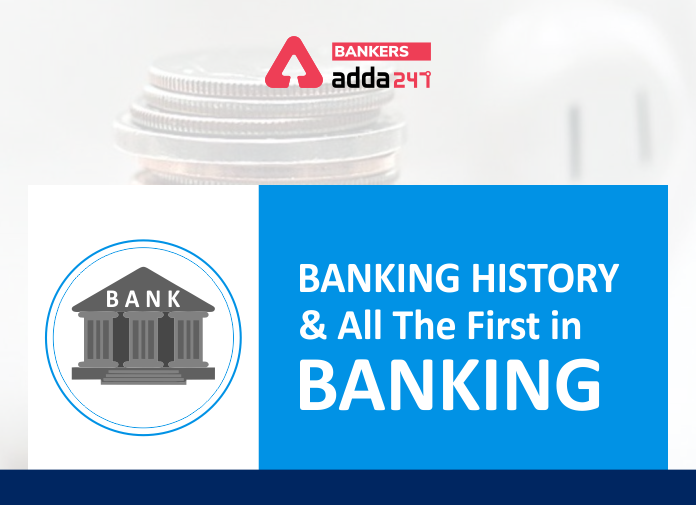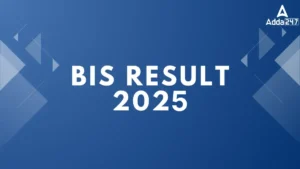Table of Contents
Banking has been a significant part of our lives for a very long time and this sector contribute a major part in our economy. The history of Banking in India has seen a lot of phases ,reforms & has been continuously evolving since then.So, In this article, we give you a detailed History of Banking in India prepared from the point of view of exams.
History of Banking in India – Introduction
As per the Banking Companies Act of 1949, Banking is defined as, A financial institution which accept deposits for the purpose of lending or investment from the public, repayable on demand or otherwise and with drawable by cheque draft, order or otherwise.
History of Banking in India – Stages of Evolution
Banking has its prevalence in India since Vedic times. But here We can categorize the history of Banking into 3 stages –
1. Pre-Independence Stage – Before 1947
2. II Phase – 1947 to 1991
3. III Phase – 1991 & beyond
Pre-Independence Stage
• More than 600 banks were present at that phase.
• The first bank of India was established in 1770 thus marking the Banking system in India with the foundation of the Bank of Hindustan.
• Top three banks were merge during this phase – Bank of Bengal, Bank of Bombay & Bank of Madras and came into being as Imperial Bank, which was later taken over by SBI in 1955
• Some other banks were also established during this period like Allahabad Bank 1865, Punjab National Bank 1894, Bank of India 1906, Bank of Baroda 1908, Central Bank of India 1911
History of Banking from 1947 to 1991
• Nationalization of the Bank took place during this period.
• Central bank of India was also nationalised during this period on 1st January 1949.
• With the recommendation of Narsimha committee, Regional Rural Banks were formed on 2nd October 1975.
History of Banking – Beyond 1991
• Liberalized economic policies were formed to mark the progress of banks in the year 1991.
• This phase was know was the phase of expansion, consolidation, and increment in many ways.
• RBI also gave license to 10 private entities which include – ICICI, Axis Bank, HDFC, DCB, Indusland Bank.
Also Read,
Current Situation Of Banks
Banks in India are Currently fairly mature in terms of supply, product range and reach-even though reach in rural India still remains a challenge for the private sector and foreign banks.
Currently, Banks in India can be categorized into Scheduled and Non-scheduled Banks-
1) Scheduled Banks
Scheduled Banks in India are those banks which constitute those banks, which have been included in the Second Schedule of Reserve Bank of India (RBI) Act, 1934.
It basically comprises Commercial Banks and Cooperative Banks. Commercial Banks majorly comprises of scheduled and Non-scheduled commercial banks regulated Banking Regulations Act 1949.
Commercial Banks primarily works on a ‘Profit Basis’ and is engaged in the business of accepting deposits for the purpose of advances/loans. We can categorize scheduled commercial banks into four types:
• Public Sector Banks
• Private sector Banks
• Foreign Banks
• Regional Rural Banks
2) Non-scheduled bank
Non- Scheduled Banks defined in clause (c) of section 5 of the Banking Regulation Act, 1949 (10 of 1949), which is not a scheduled bank”.
Reserve Bank of India is the only central bank of India and all Banks in India are required to follow the guidelines as issued by RBI. We can also classify Banks in India as:
• Public Sector Banks: These are those entities which are owned by Govt. having more than 51% stake in the capital.
• Private Sector Banks: Private Banks are those entities which are owned by private individuals/institutions and these are registered under the Companies Act 1956 as Limited Companies.
• Regional Rural Banks (RRBs): These entities are completely under government and work for the betterment of the rural sector of the society.
• Development Banks: These basically include Industrial Finance Corporation of India (IFCI) which was established in 1948, Export-Import Bank of India (EXIM Bank) which was established in 1982, National Bank for Agriculture & Rural Development (NABARD) which was established in 1982, and Small Industries Development Bank of India (SIDBI) which was established on 2nd April 1990
The Firsts In Indian Banking System:
- First bank in India was Bank of Hindustan (1770)
- First Bank managed by Indians was Oudh Commercial Bank
- First Bank with Indian Capital was Punjab National Bank (Founder of the Bank is Lala Lajpat Rai)
- First Foreign Bank in India is HSBC
- First bank to get ISO certificate is Canara Bank
- First Indian bank outside India is Bank of India
- First Bank to introduce ATM is HSBC (1987, Mumbai)
- First Bank to have a joint-stock public bank (Oldest) is Allahabad Bank
- First Universal bank is ICICI (Industrial Credit and Investment Corporation of India)
- First bank to introduce saving account is Presidency Bank (1833)
- First Bank to Introduce Cheque system is Bengal Bank (1833)
- First bank to give internet banking facility is ICICI
- First bank to sell mutual funds is State Bank of India
- First bank to issue credit cards is Central Bank of India
- First Digital Bank is Digibank
- First Rural Regional Bank (Grameen Bank) is Prathama Bank (sponsored by Syndicate Bank)
- First bank to get ‘in principle’ banking license is IDFC and Bandhan Bank
- First Bank to introduce merchant banking in India is Grind lays bank
- First bank to introduce blockchain technology is ICICI
- First bank to introduce voice biometric is Citi Bank
- First bank to introduce robot in banking service is HDFC
Other posts
- Recent Books and Authors in India 2022: List of Important Books and Authors
- Recent Awards and Recognitions in India 2022: List of Important Awards
- Recent Defence News in India 2022:
- GK Questions For GK Questions




 GA Capsule for SBI Clerk Mains 2025, Dow...
GA Capsule for SBI Clerk Mains 2025, Dow...
 The Hindu Review October 2022: Download ...
The Hindu Review October 2022: Download ...
 BIS Result 2024-25 Out for ASO, JSA and ...
BIS Result 2024-25 Out for ASO, JSA and ...





